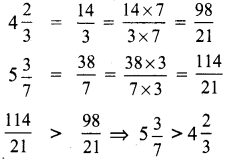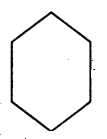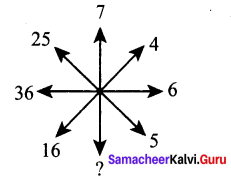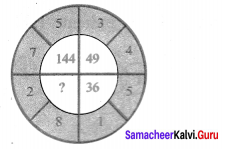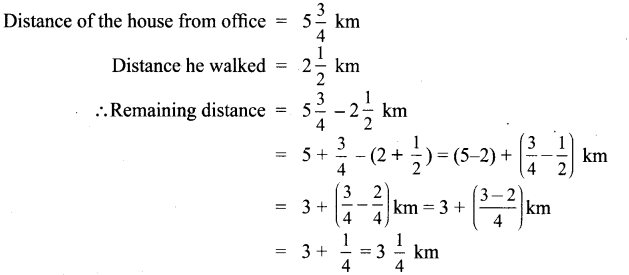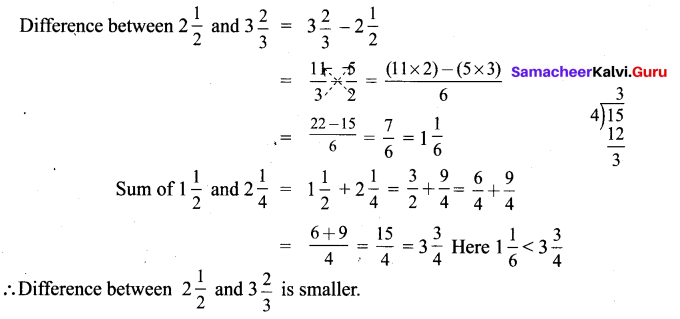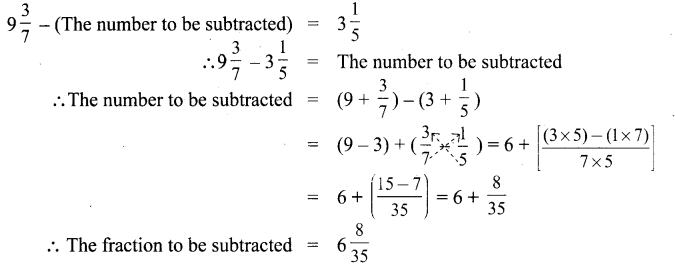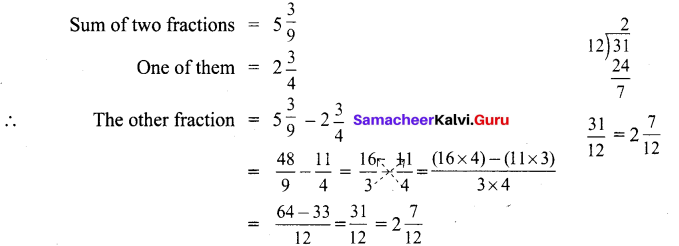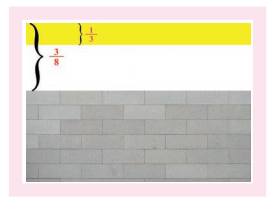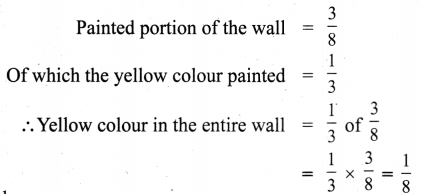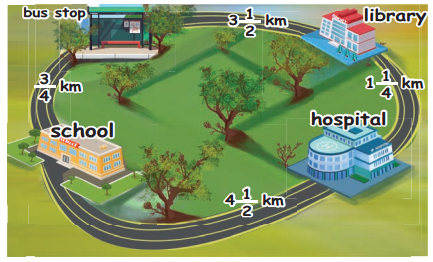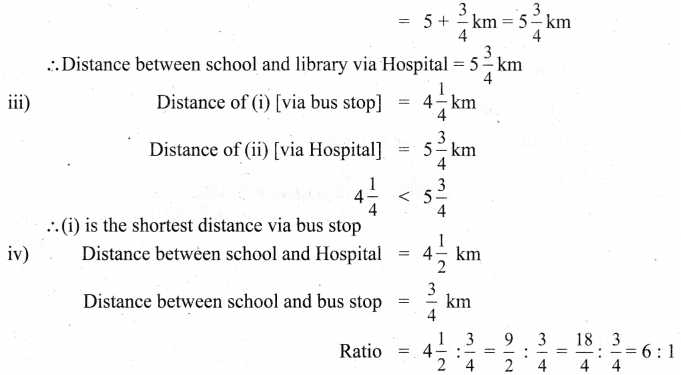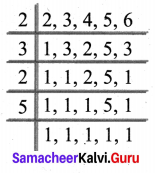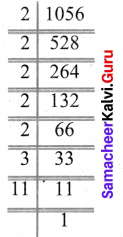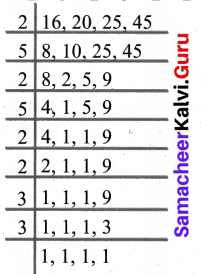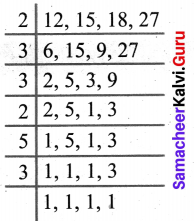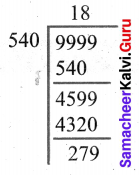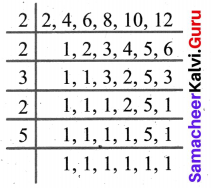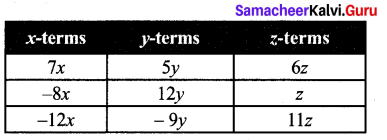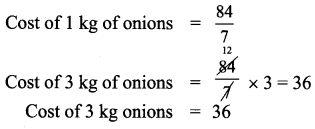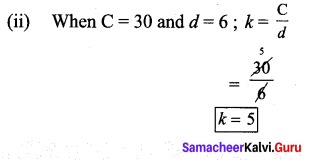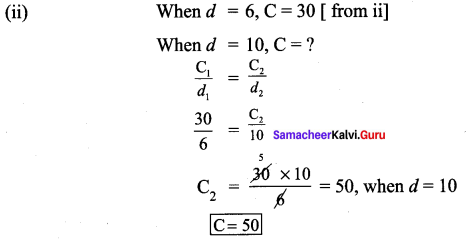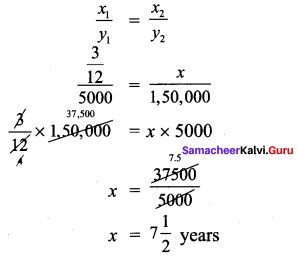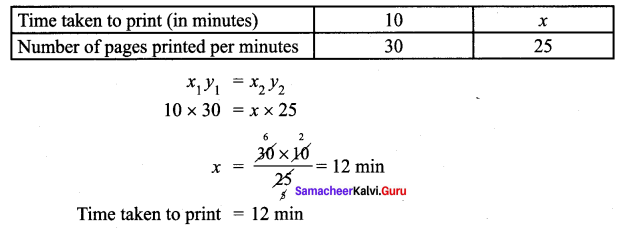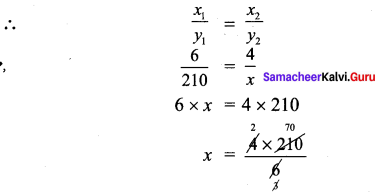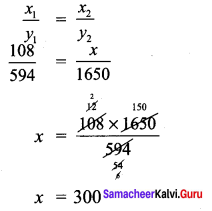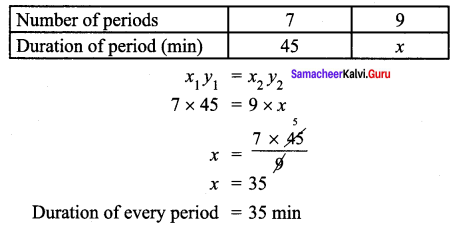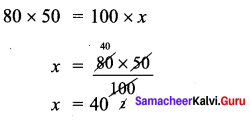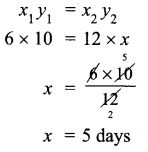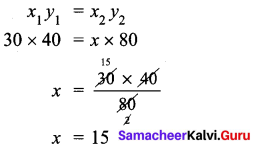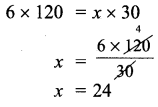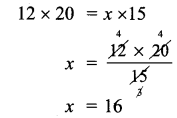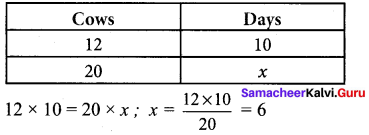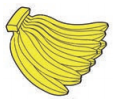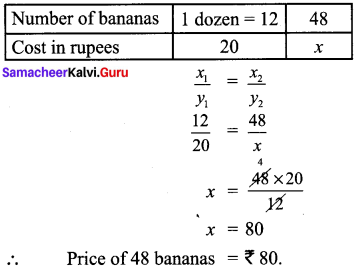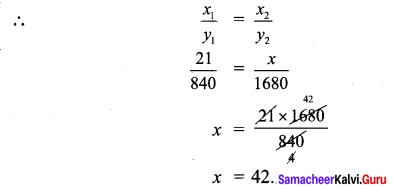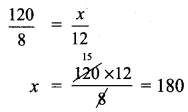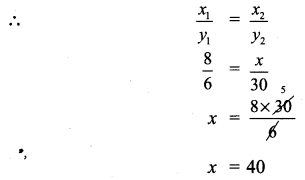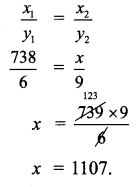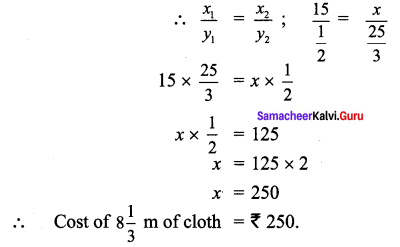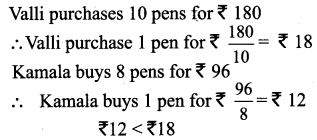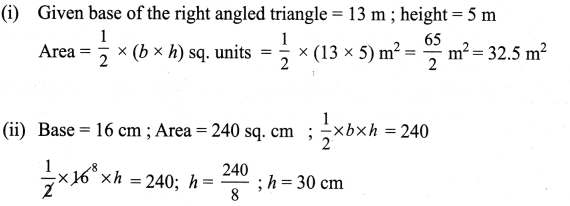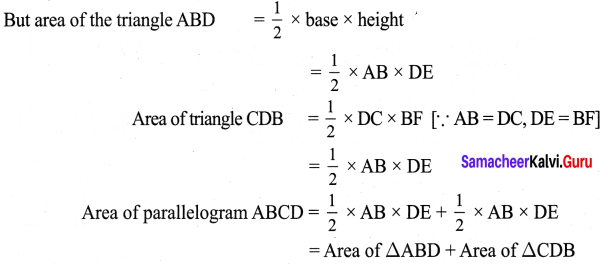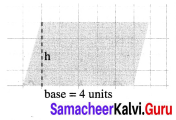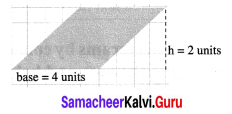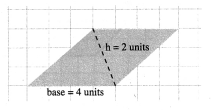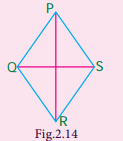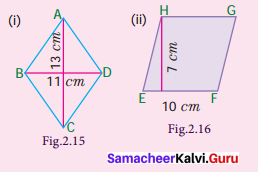You can Download Samacheer Kalvi 6th Maths Book Solutions Guide Pdf, Tamilnadu State Board help you to revise the complete Syllabus and score more marks in your examinations.
![]()
Tamilnadu Samacheer Kalvi 6th Maths Solutions Term 3 Chapter 1 Fractions Additional Questions
Question 1.
Color the part according to the given fraction.

Solution:
(i) Here \(\frac{3}{4}\) shows out of 4 parts 3 parts are shaded

(ii) Here \(\frac{2}{4}\) shows out of 4 parts 2 parts are shaded

Question 2.
Identify the error if any

Solution:
In the given figure, shaded portion is not equal to unshaded portion. So the fraction is not equal to \(\frac{1}{2}\).
Question 3.
What fraction of an hour is 20 minutes?
Solution:
We know that total minutes in an hour = 60 min
∴ Required fraction = \(\frac{20 \min }{60 \min }=\frac{20}{60}=\frac{1}{3}\)
![]()
Question 4.
Write a fraction equivalent to \(\frac{3}{5}\) with numerator 15.
Solution:
Given, numerator of an equivalent fraction = 15
Equivalent fraction of \(\frac{3}{5}=\frac{3 \times 5}{5 \times 5}=\frac{15}{25}\)
Question 5.
Which is the larger fraction \(\frac{6}{10}\) or \(\frac{7}{10}\)?
Solution:
Here the denominators, of both fractions are same.
Also 7 > 6 So \(\frac{7}{10}>\frac{6}{10}\)
Question 6.
Sona got one-fifth of the total marks and Mala got one-third of the total marks. Who got more?
Solution:
We know that if the numerators are same in two fractions, the fraction with smaller denominator is greater.
∴ \(\frac{1}{3}>\frac{1}{5}\)
∴ Mala got more marks.
Question 7.
A piece of rope \(\frac{7}{8}\) metre long is cut into two pieces. One piece was \(\frac{1}{4}\) m long. How long is the other?
Solution:

Question 8.
Meena travelled 3\(\frac{1}{2}\) km by bus, then she walked 1\(\frac{1}{8}\) km to reach a town. How much she travelled to reach-the town?
Solution:

She travelled 4\(\frac{5}{8}\) km
![]()
Question 9.
What should be subtracted from the sum of 2\(\frac{1}{4}\) and 3\(\frac{1}{7}\) to get 2\(\frac{3}{28}\) ?
Solution:
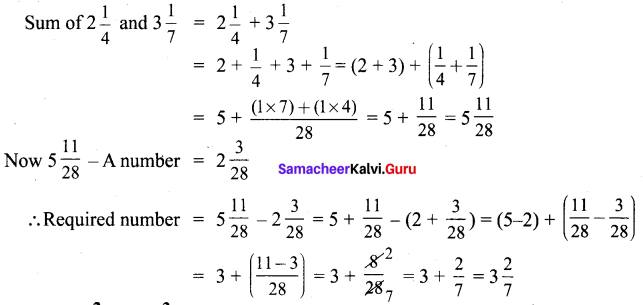
Question 10.
Compare 4\(\frac{2}{3}\) and 5\(\frac{3}{7}\)?
Solution:
